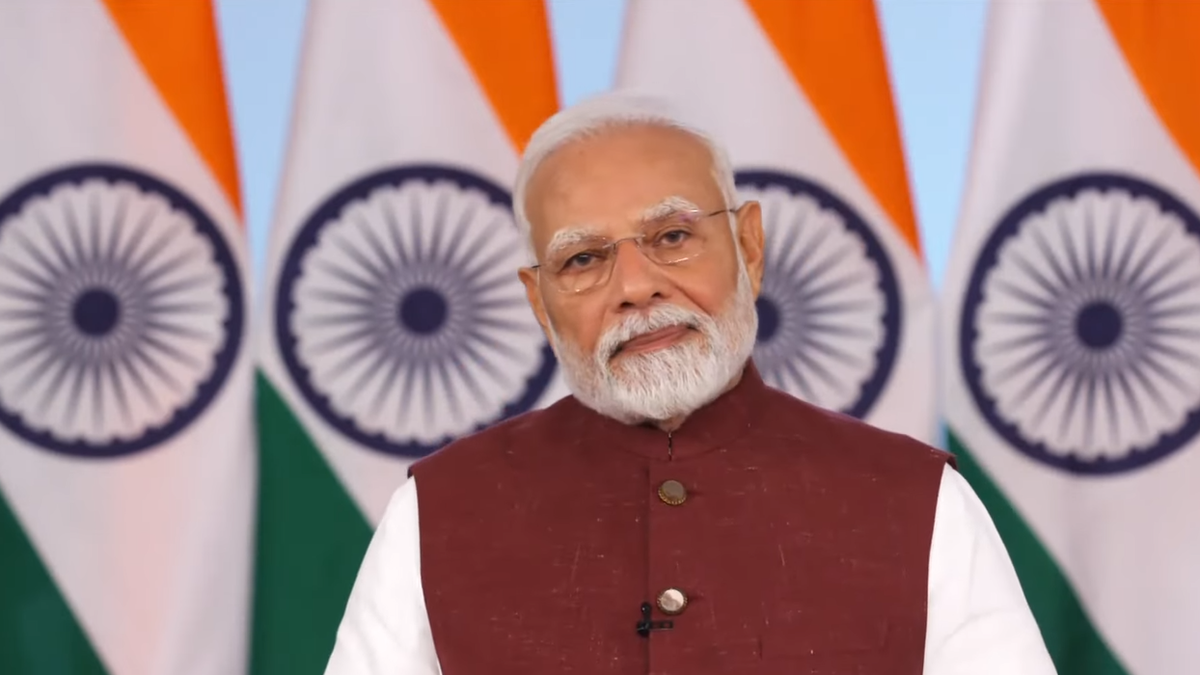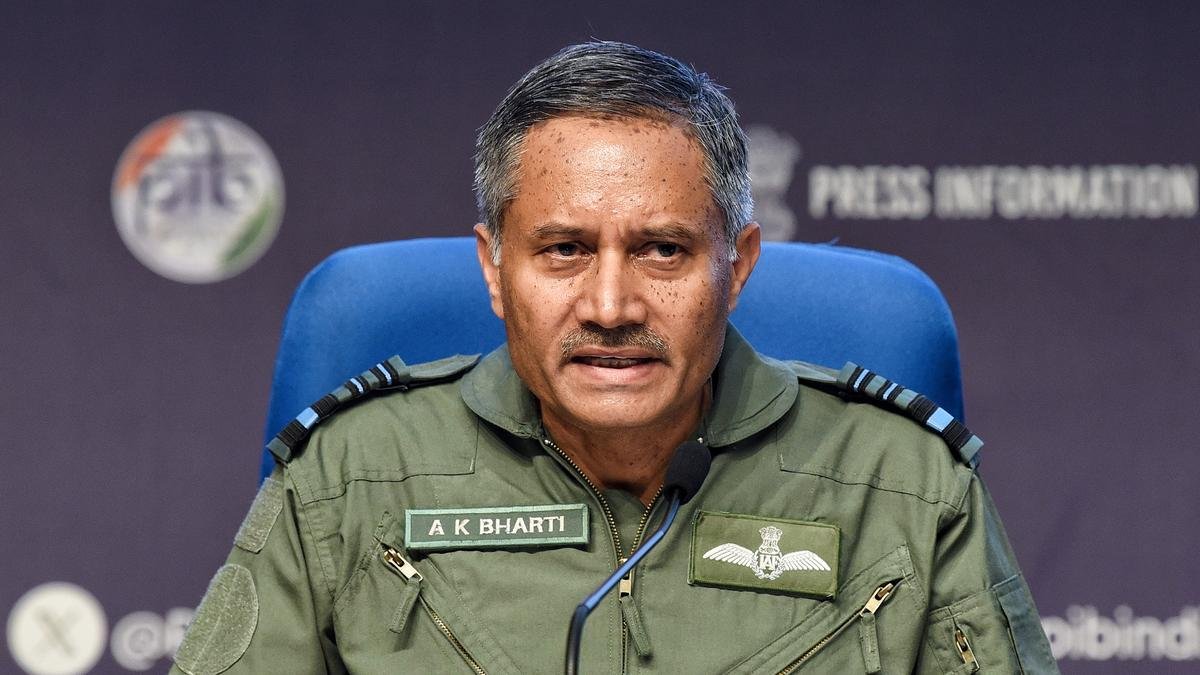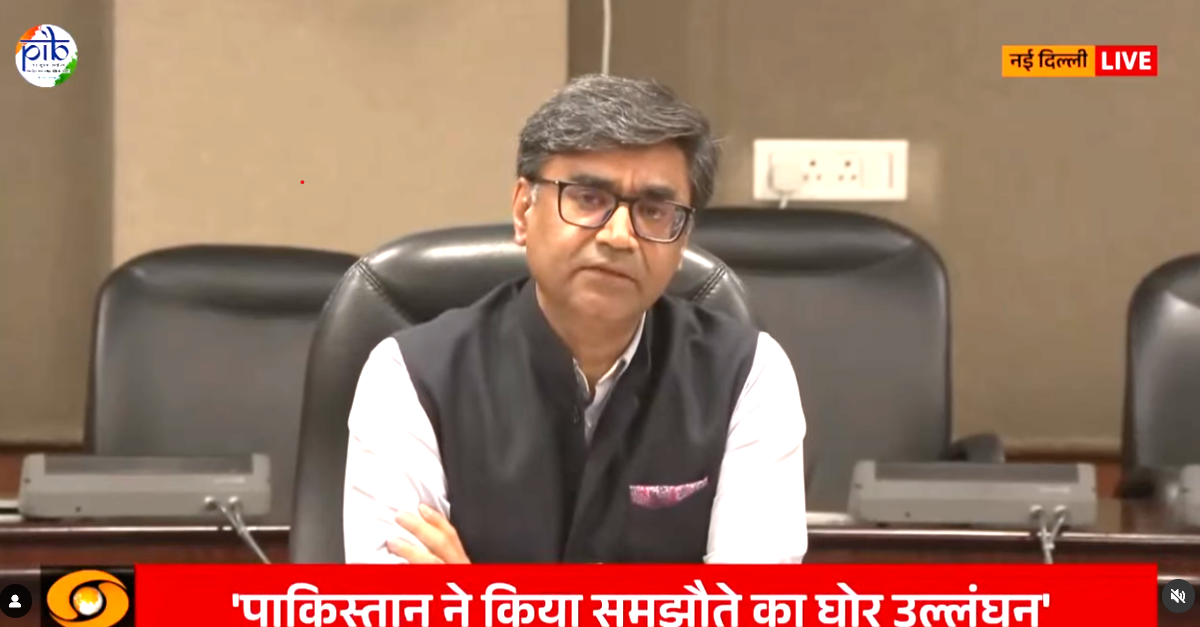In a dramatic escalation of military confrontation between India and Pakistan, the Indian Armed Forces initiated Operation Sindoor on May 7, 2025 — a targeted series of airstrikes against terrorist infrastructures in Pakistan and Pakistan-occupied Jammu and Kashmir (PoK). This high-profile operation was a direct retaliation to the deadly Pahalgam terror attack on April 22 that killed 26 civilians, mostly Hindu pilgrims.
India Hits Back with Precision
According to official reports, India struck nine terror-linked locations, including strategic hubs used by militant outfits such as Lashkar-e-Taiba and Jaish-e-Mohammed, in areas like Bahawalpur, Muridke, Sialkot, and Muzaffarabad. The Indian Air Force executed these precision strikes from within Indian airspace to maintain control over the escalation and avoid directly hitting Pakistani military installations.
The Ministry of External Affairs reiterated India’s firm stance: “The perpetrators of the Pahalgam attack will be held accountable. These actions demonstrate our resolve against terrorism.”
Pakistan Retaliates and Denies Terror Links
Pakistan responded angrily, calling the strikes a violation of sovereignty. Deputy Prime Minister Ishaq Dar accused India of aggression and vowed retribution “at a time and place of our choosing.” Islamabad also claimed it shot down 25 Indian drones, while India denied these claims and reported interceptions of incoming Pakistani drones and missiles aimed at Indian military posts.
Civilians Caught in the Crossfire
The most tragic fallout has been the toll on civilians. Shelling along the Line of Control (LoC) has intensified, especially in Kupwara and Baramulla districts. At least nine civilians have been killed and dozens injured on the Indian side after Pakistan reportedly targeted residential areas. In Jammu, residents reported hearing loud explosions and witnessing blackout drills as panic spread.
To prepare for possible retaliation, India conducted ‘Operation Abhyaas’, a nationwide civil defense mock drill covering 244 districts. This included blackout simulations, air raid sirens, and evacuation exercises, indicating the seriousness with which the Indian administration is treating the threat landscape.
Strategic and Diplomatic Reactions
Strategically, this is the most significant use of military force by India since the Balakot airstrikes in 2019. While India has long maintained a doctrine of strategic restraint, repeated terror attacks targeting civilians have led to a hardened stance.
The global community is watching closely. The United States and several other nations have urged both sides to practice restraint and open diplomatic channels. There is growing concern that miscalculations between two nuclear-armed neighbors could lead to a broader conflict.
Meanwhile, Indian officials have taken the opportunity to reinforce their long-standing claim that Pakistan remains the epicenter of international terrorism. Drawing parallels with Osama bin Laden’s discovery in Pakistan, Indian diplomats are pressing global partners to recognize and address Pakistan’s alleged support for militant groups.
What Happens Next?
With Operation Sindoor, India has sent a powerful message about its counterterrorism policy: there will be consequences for attacks on its civilians. Yet, with both nations trading accusations and artillery fire, the risk of escalation remains dangerously high.
For now, the world waits and watches, hoping for diplomacy to succeed where force has failed. The coming days will be crucial in determining whether this flashpoint marks another tragic chapter in India-Pakistan relations — or the start of an even more volatile conflict.





